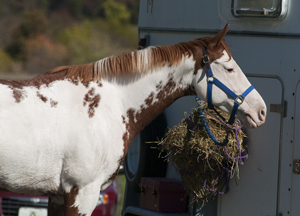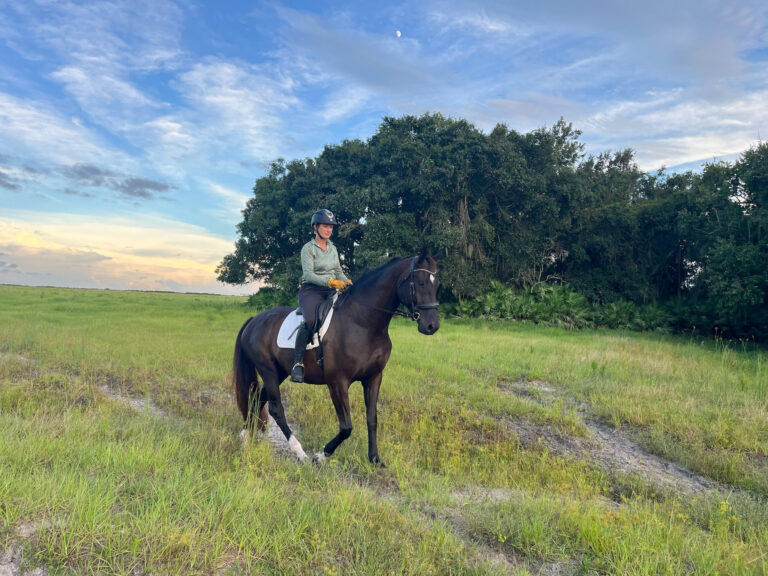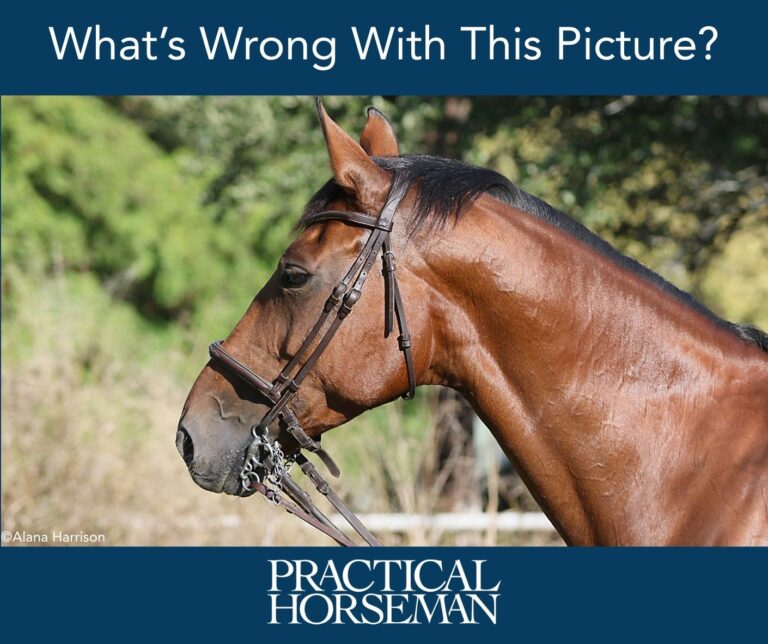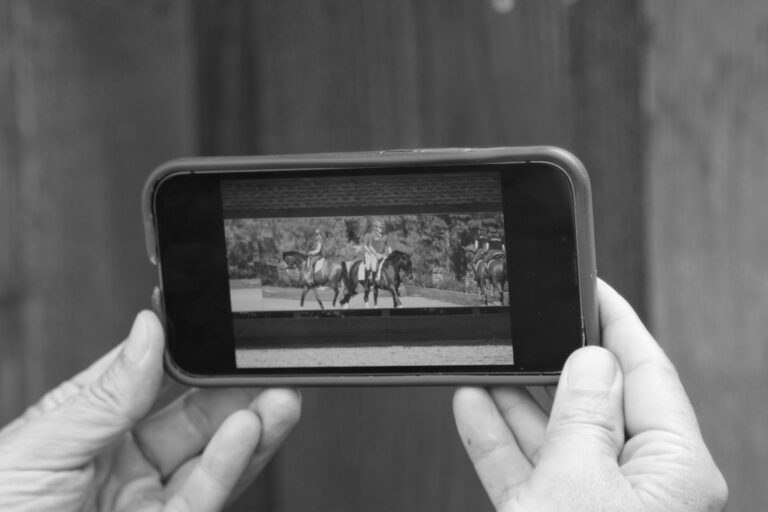Whether judging a model class, evaluating a prospect for a client or sizing up the yearlings at home, I first stand back and look for an overall impression of balance and symmetry. My ideal horse fits in a square box. By that, I mean he is defined by matching and equal parts, both front to back and side to side. This allows for athletic ability, soundness, trainability and longevity in the job.

A horse who “fits in a box” will have a body made up of one-third shoulder, one-third back and one-third hindquarters. I like to see the withers and point of croup at the same level. The horse’s stance, from the point of shoulder to the buttocks, should equal the distance from the height of the withers to the ground.
For hunters, the emphasis should be a level topline, a well-sloped shoulder for fluid movement and ability to lift in the air, as well as quality and typiness. For jumpers, the emphasis should be on hindquarters with a good length from the hipbone to the point of the buttock for power off the ground. I look for correct angles from hip to buttocks to stifle to hip. This triangle should have sides of similar lengths. A long, more level quarter equals more rear-wheel drive. The length from stifle to hock should be similar to the length from the point of the hock to the ground. Longer-backed horses often have more scope.
See how I placed these horses in the July 2009 issue of Practical Horseman. Call 301-977-3900 to order back issues.
Owner of Maplewood Stables in Reno, Nev., Julie Winkel has been a U.S. (USEF) Equestrian Federation “R” hunter breeding judge for 23 years and a Canadian Equestrian Federation “S” judge for more than 10 years. Through her career as a rider, trainer, judge and breeder, Julie continues to learn and study which traits make athletic horses and how structural makeup can lessen soundness problems. Julie runs a breeding facility where her two grand prix stallions, Cartouche Z and Osilvis, have produced offspring who have placed high in Young Jumper championships. As a USEF equitation and hunter judge, Julie has officiated at many top competitions, including the ASPCA Maclay Championship and the Pessoa/USEF Medal Final.
Conformation Clinic appears monthly in Practical Horseman. To submit a photo for evaluation, send us a side-view photo of your horse, posed similarly to those shown above. For digital photos: at least 3″ x 5″ at high resolution (300 dpi). Make sure your entire horse is in the photo and that he’s well groomed, wearing a bridle, looking straight ahead and standing on level ground–and try to avoid distracting backgrounds. Email Practical.Horseman@EquiNetwork.com or mail a print to Conformation Clinic, Practical Horseman, 656 Quince Orchard Rd., Suite 600, Gaithersburg, MD 20878. Include your contact information and your horse’s breed, age and gender and the disciplines in which you ride. If photograph is professionally taken, please include photographer’s name and contact information. For an example of how to present your horse, click here.









